Mold flipper integration: is your PLC/SCADA ready for remote diagnostics?
As a steel mill owner, you know that every piece of equipment matters. A massive production line can be brought to a halt by the failure of a single, seemingly simple machine. I've seen it happen. A client of mine, running a multi-million dollar operation, faced repeated shutdowns because of a problematic mold flipper. The direct repair cost was small. The cost of lost production, delayed shipments, and scheduling chaos was enormous. You invest in robust machinery, but the real challenge today is making that machinery smart. You need it to talk to your central control systems, to tell you when it's struggling, and to do so before it fails. The question is, is your existing infrastructure, your trusted PLC/SCADA system, ready to handle this new level of communication for a critical asset like a mold flipper?
Yes, your PLC/SCADA system is likely ready for mold flipper integration and remote diagnostics if it supports modern, open communication protocols like OPC-UA, has sufficient processing and memory capacity, and is firewalled from the public internet. The key is not the age of your system, but its architectural flexibility and security posture, which allow it to safely connect with new, intelligent equipment.
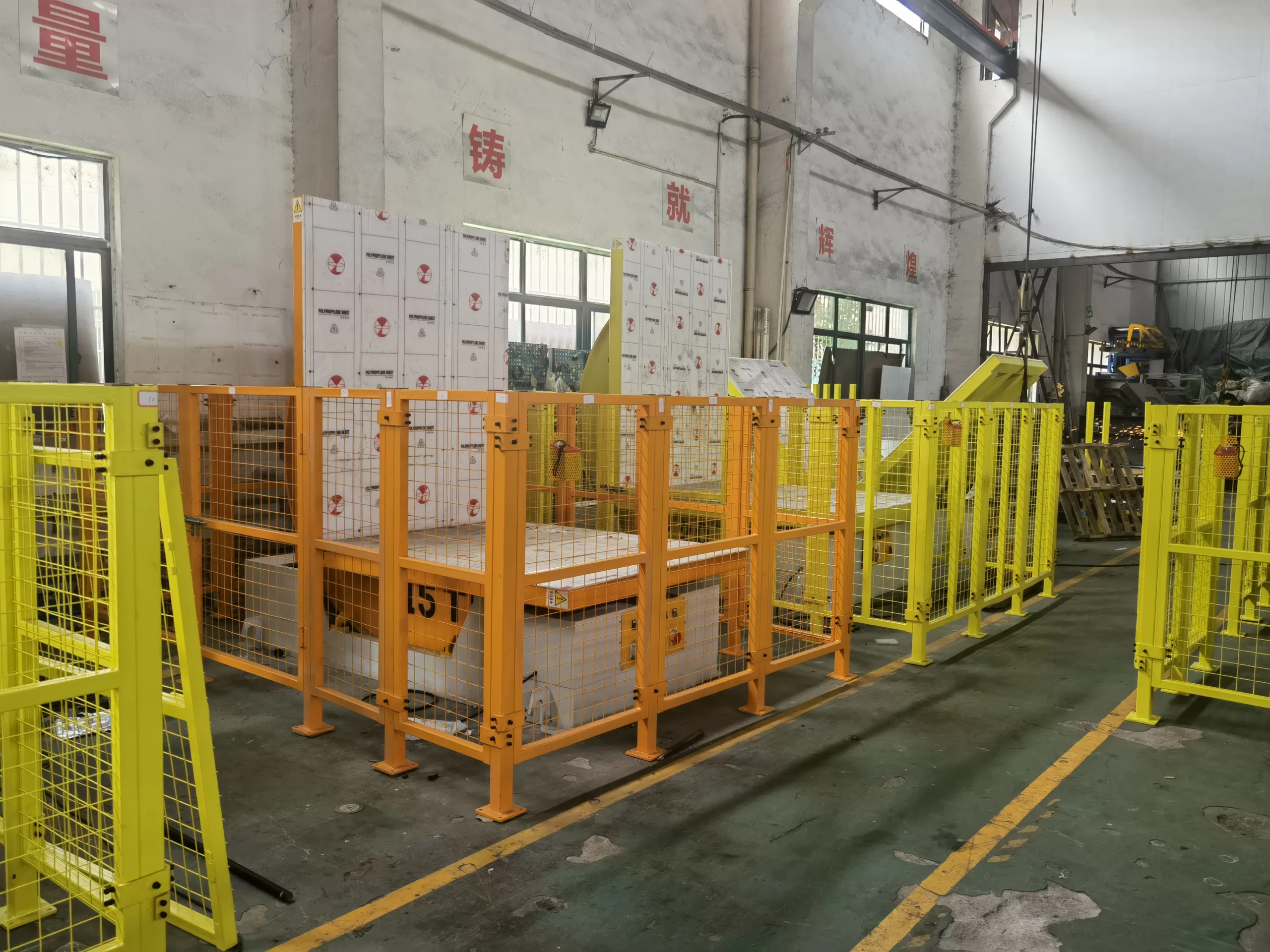
I’ve spent my career on factory floors, first as an engineer and now as a factory owner myself. I built my business, SHJLPACK, on the principle of providing total solutions. That means looking beyond the machine itself and thinking about how it fits into your entire operation. A new mold flipper is a mechanical workhorse, but its true value is unlocked when it becomes a data-generating part of your digital ecosystem. Let’s break down what it really takes to connect this vital piece of equipment to your factory's brain and enable the remote diagnostics that will save you time and money.
What are the key PLC/SCADA compatibility requirements for a new mold flipper?
You've identified the need for a new mold flipper. You've found a supplier and you're ready to make a purchase. But then the integration team asks a question that stops you in your tracks: "Will it talk to our Siemens S7-1500?" Suddenly, you realize the new machine could become an isolated island in your factory, unable to communicate its status or receive commands from your central SCADA system. This communication breakdown leads to manual operation, blind spots in your data, and a huge missed opportunity for efficiency gains. To avoid this costly mistake, you must treat system compatibility as a primary requirement, just as important as the machine's load capacity or cycle time.
The key compatibility requirements for integrating a new mold flipper are: support for open and common industrial communication protocols like OPC-UA or Profinet/Ethernet/IP, a PLC with enough memory and processing power to handle new data loads, and a SCADA system that can easily add and visualize the new device. Crucially, the machine vendor must provide a clear and complete data map and integration support.
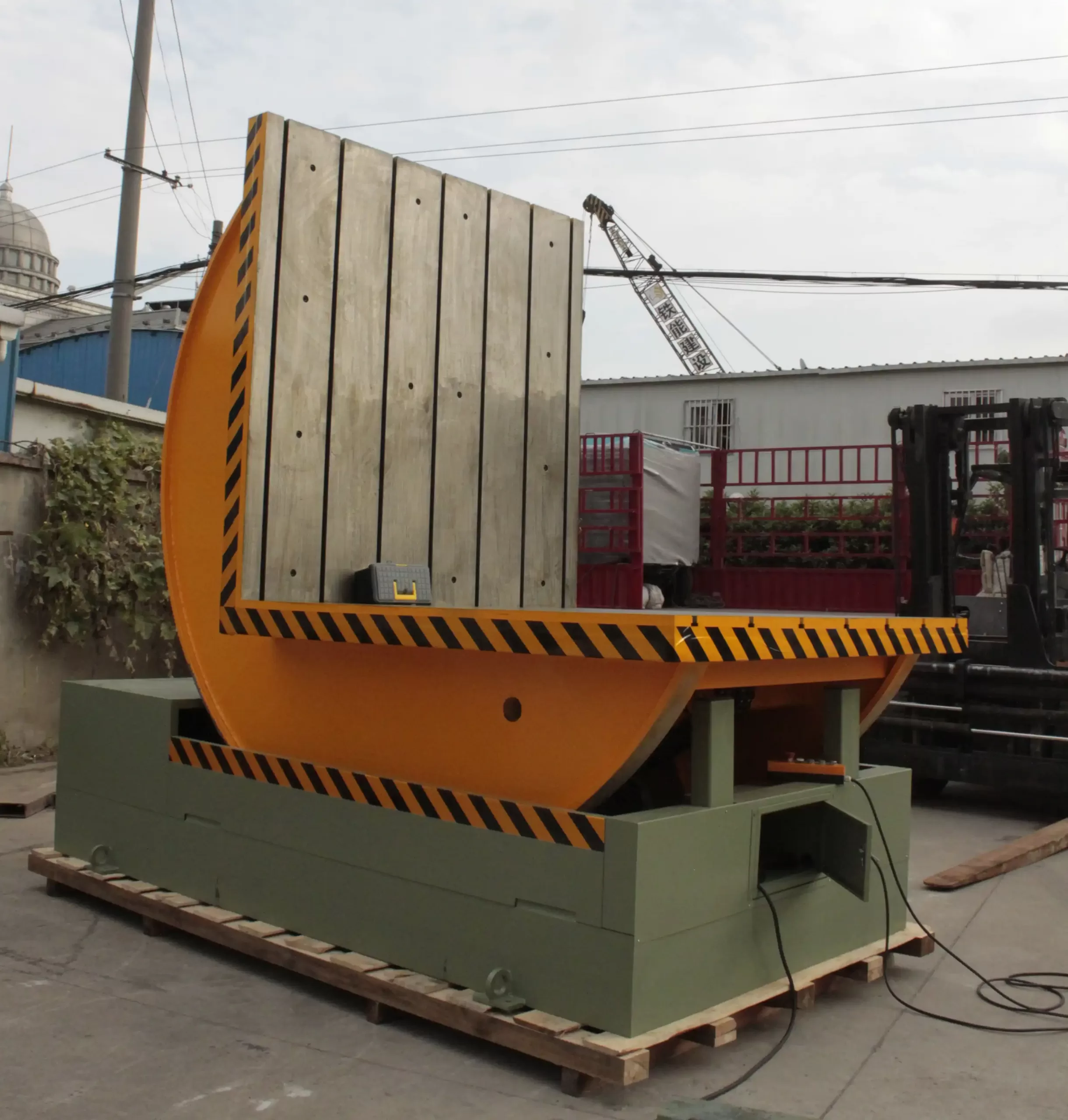
In my early days, connecting machines was a complex job involving custom wiring and proprietary protocols. It was a headache. Today, things are much simpler if you plan correctly. This isn't just a technical detail for your engineers to worry about; it's a strategic decision that directly impacts your operational goals, from achieving 95% uptime to enabling the digital transformation you're targeting. Let's look deeper into what these requirements mean in practice.
Dive Deeper: The Technical Handshake Between Machines
For a CEO or plant owner like Javier, understanding the core principles of this "technical handshake" is vital for making informed investment decisions. You don't need to be a programmer, but you do need to ask your potential suppliers the right questions.
The Language of the Factory: Communication Protocols
Think of a communication protocol as the language machines use to speak to each other. If your factory's main language is Spanish (let's say, Profinet), and your new mold flipper only speaks German (a proprietary protocol), you're going to have a serious communication problem. You'll need expensive translators (gateways) that add complexity and potential points of failure. The solution is to insist on equipment that speaks a common, open language.
| Protocol Type | Common Examples | Best For | Why it Matters for You |
|---|---|---|---|
| Modern Ethernet-based | OPC-UA, Profinet, Ethernet/IP | New integrations, data-heavy applications, high security needs | OPC-UA is the gold standard for secure, platform-independent communication. It's perfect for connecting your machines (OT) to your business systems (IT), a key goal for your MES deployment. |
| Older Serial-based | Modbus RTU, PROFIBUS DP | Legacy systems, simple device communication | While reliable, these are slower and less secure. If your plant relies on them, ensure the new machine can support them, but plan a future upgrade path. |
When you issue an RFP for a new mold flipper, specifying "Must support OPC-UA" is one of the most powerful sentences you can write to future-proof your investment.
The Brains of the Operation: PLC and SCADA Capacity
Your existing PLC is the on-site brain controlling a process. Your SCADA system is the control room, giving you a view of the entire factory. When you add a new machine, you're giving them more to think about and more to display.
-
PLC (Programmable Logic Controller): A new mold flipper with remote diagnostics will send a lot of data: motor temperature, hydraulic pressure, vibration sensors, cycle counters, error codes. An older PLC might not have the memory to store the new logic or the processing speed to handle the constant data flow without slowing down its primary tasks. Before purchasing, your team should conduct a quick audit of the target PLC's resource utilization (memory and CPU load). If it's already running at 80% capacity, you may need a small PLC dedicated to the flipper or consider upgrading the main controller.
-
SCADA (Supervisory Control and Data Acquisition): Your SCADA software needs to be able to accommodate the new asset. This means your team must be able to add new screens to visualize the mold flipper's status, create alarms for specific fault conditions (e.g., "Alert: Hydraulic Pressure Low"), and trend historical data (e.g., "Show me the motor current over the last 30 days"). A good machine supplier, a true partner, will provide a "faceplate" or a set of pre-configured graphics that your team can easily import into your existing SCADA system (like Wonderware, WinCC, or Ignition), saving hundreds of hours of development time.
How can remote diagnostics for a mold flipper reduce downtime and maintenance costs?
A mold flipper stops working mid-shift. The red light is flashing on the control panel. Your on-site maintenance team gets the call. They spend the first hour just trying to identify the cause. Is it a tripped sensor? A motor overload? A hydraulic leak? While they troubleshoot, a critical part of your production line is idle, and the clock is ticking on your production targets. This reactive maintenance model is incredibly inefficient and costly. It's a fire drill every time. Now imagine a different scenario: one where an expert can diagnose the problem in minutes, without even setting foot in your plant.
Remote diagnostics slash downtime and costs by transforming maintenance from a reactive guessing game into a proactive, data-driven science. By enabling real-time monitoring, instant fault code analysis, and remote expert consultation, you can identify the root cause of a problem in minutes instead of hours. This drastically reduces the Mean Time To Repair (MTTR) and allows for predictive maintenance, fixing issues before they cause a shutdown.
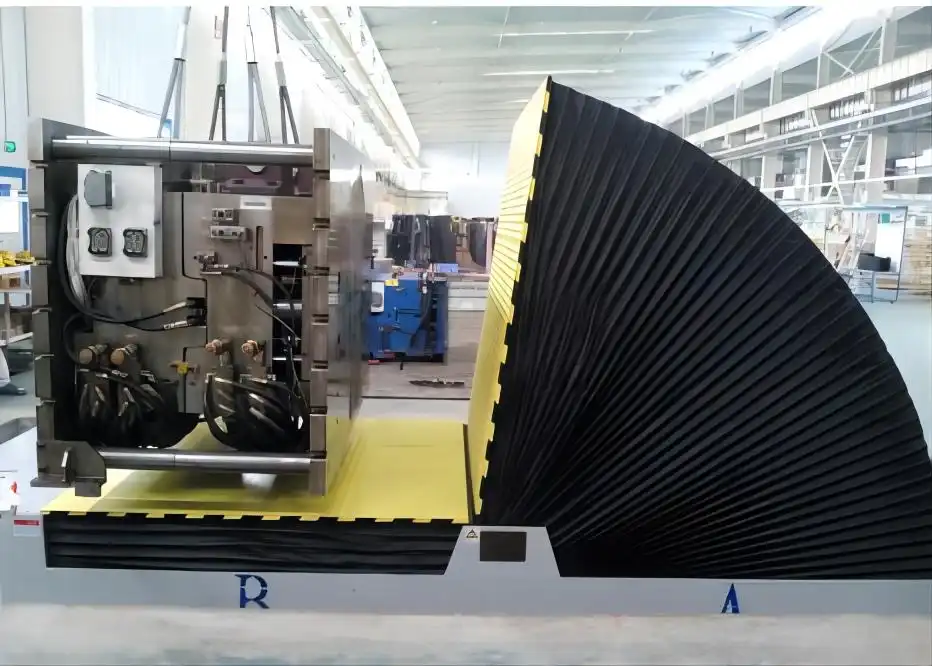
I remember a client in the steel wire industry who was losing thousands of dollars a month due to intermittent faults on a critical packaging line. His team would "fix" it, only for the problem to reappear days later. By implementing a remote diagnostics gateway on their machine, our team at SHJLPACK was able to log in, analyze the PLC's fault history, and review the sensor data in real-time. We discovered a sensor that was slowly drifting out of calibration—a subtle issue the on-site team kept missing. A ten-minute remote session solved a three-month-long problem. This is the power we're talking about.
Dive Deeper: The Shift from Firefighting to Future-Proofing
For a business leader focused on goals like 95% equipment uptime and an 8% reduction in operating costs, the concept of remote diagnostics is not just a feature; it's a core strategy. Let's quantify the impact.
The Power of Predictive Insights
The real magic of remote diagnostics isn't just fixing things faster; it's about not having them break in the first place. This is the core of predictive maintenance, a key component of reaching your 95% uptime goal. A connected mold flipper can provide continuous data streams that act as its health report.
- Vibration Analysis: IoT sensors on the main drive motor can detect subtle changes in vibration patterns. These changes can indicate a bearing is beginning to fail, long before it seizes up and damages the motor. Your MES can automatically schedule a bearing replacement for the next planned maintenance window, resulting in zero unplanned downtime.
- Motor Current Monitoring: By tracking the electrical current drawn by the motor, you can spot trends. A gradually increasing current might mean lubrication is failing or there's increasing mechanical resistance. This is an early warning to investigate before a major failure.
- Hydraulic System Health: Monitoring the pressure and temperature of the hydraulic fluid can predict pump failures or identify slow leaks that might otherwise go unnoticed until the system fails.
A Clear Financial Win
Let's model the financial impact with a conservative example. Assume one major downtime event on your mold flipper per quarter.
| Metric | Reactive Maintenance (No Remote Diagnostics) | Proactive Maintenance (With Remote Diagnostics) | Annual Impact |
|---|---|---|---|
| Troubleshooting Time | 3 hours | 0.5 hours | 10 hours of saved labor |
| Repair Time | 5 hours | 2 hours (parts pre-ordered) | 12 hours of saved labor |
| Total Downtime / Event | 8 hours | 2.5 hours | 22 hours of saved downtime |
| Cost of Lost Production | High (varies by plant) | Low (minimal unplanned stops) | Significant profit protection |
| Expert Travel Cost | $1,500 (flight, hotel) | $0 | $6,000 saved annually |
These numbers don't even include the downstream benefits, like improved schedule stability and reduced stress on your maintenance team. When you present the case for a new machine, this is the kind of ROI analysis that justifies the investment in connectivity. It directly addresses your challenge of aging equipment and your goal of reducing operational costs.
What security measures are essential when enabling remote access to your mold flipper's control system?
The idea of connecting your factory floor to the internet can be unsettling. You've heard the horror stories: industrial control systems being hacked, causing physical damage or shutting down entire operations. You want the incredible benefits of remote diagnostics—the reduced downtime, the cost savings—but the risk of a security breach is a major concern. It's a valid fear. Giving a vendor or your own engineers remote access is like giving them a key to your plant. If that key falls into the wrong hands, the consequences could be severe.
Essential security measures for remote access are non-negotiable and must include a multi-layered approach. This starts with a secure Virtual Private Network (VPN) for the connection, followed by Multi-Factor Authentication (MFA) for user identity verification, and Role-Based Access Control (RBAC) to ensure users can only see or change what they are authorized to. Isolating your control network from your business network is also critical.
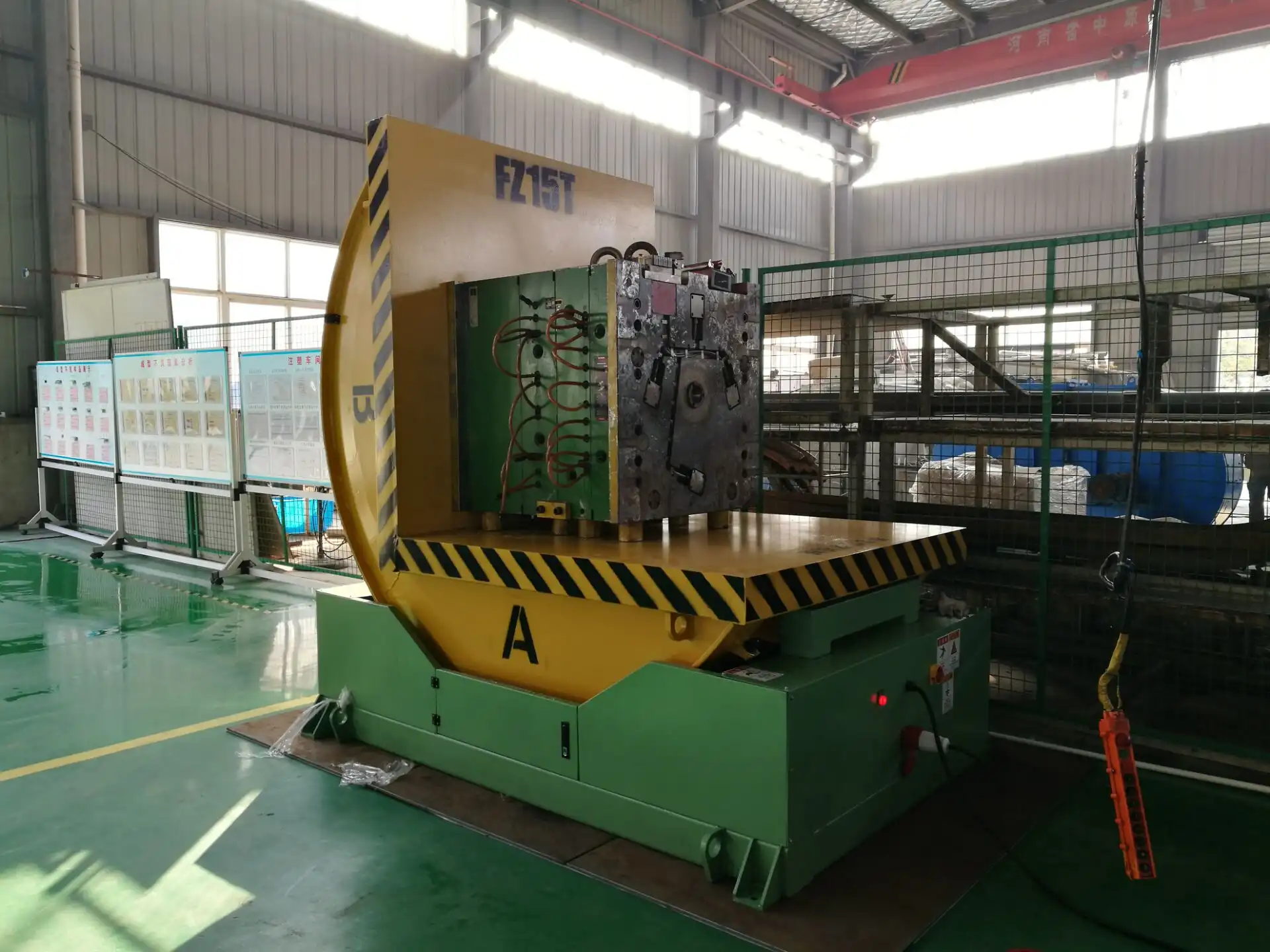
At SHJLPACK, we treat security with the same seriousness as mechanical safety. A machine that is not cyber-secure is not a safe machine. The good news is that securing remote access is a solved problem. It doesn't require reinventing the wheel; it requires implementing proven, standard security practices diligently. You would never leave the main gate to your steel mill unlocked, and the same logic must apply to your digital front door.
Dive Deeper: Building a Digital Fortress Around Your Assets
For an executive like Javier, who is responsible for the entire operation, understanding the security framework is just as important as understanding the financial framework. Here’s how you build a robust defense.
Layer 1: The Secure Connection (The Moat and Drawbridge)
The first rule of remote access is: never connect a PLC or control device directly to the public internet. It's the equivalent of putting your factory's master controls on a public sidewalk.
- VPN (Virtual Private Network): All remote access must happen through a VPN. A VPN creates an encrypted, private tunnel over the internet. Only authorized users with the right credentials can enter this tunnel. It’s your secure, private road into the factory network.
- Firewall & Network Segmentation: Your factory should have a dedicated firewall that separates your Operational Technology (OT) network (the machines) from your Information Technology (IT) network (email, office PCs). This is called segmentation. If your IT network gets a virus, the firewall acts as a wall, preventing it from reaching the factory floor. The firewall rules should be configured to only allow traffic from the secure VPN to the specific mold flipper PLC, and nothing else.
Layer 2: The User Identity (Checking ID at the Gate)
Once a user is inside the secure tunnel, you need to be certain they are who they say they are.
- Multi-Factor Authentication (MFA): A password is not enough. MFA requires a user to provide two or more forms of verification. This is typically something they know (a password) and something they have (a code from a smartphone app or a physical security key). This prevents a stolen password from granting access.
- Role-Based Access Control (RBAC): Not every user needs the same level of access. Your system should be configured with different roles.
| User Role | Permissions | Justification |
|---|---|---|
| External Vendor (e.g., SHJLPACK) | View-only access to PLC diagnostics and fault logs. | Can diagnose problems without being able to change the machine's code. This is the safest way to provide support. |
| Plant Maintenance Technician | View diagnostics and acknowledge alarms. | Can troubleshoot and respond to issues on site. |
| Control Engineer | Full access to modify PLC logic. | Can make program changes, but this access should be logged and require approval for major changes. |
By implementing RBAC, you ensure that even authorized users can't accidentally cause a problem outside their area of expertise. It's a fundamental principle of "least privilege" and is critical for operational stability.
How does integrating a new mold flipper impact your existing MES and data collection strategy?
You're pursuing an ambitious digital transformation goal. You're investing in a Manufacturing Execution System (MES) to get a real-time, comprehensive view of your entire production process. You know that to make this work, you need good data from the factory floor. An isolated, "dumb" machine is a black hole in your data strategy. When you install a new piece of equipment like a mold flipper, it can either be another black hole or it can become a rich new source of data that feeds your MES and brings you closer to your goals.
Integrating a new mold flipper directly enhances your MES and data strategy by providing granular, real-time data on equipment performance, energy use, and production cycles. To be effective, your strategy must define which Key Performance Indicators (KPIs) to collect from the flipper, ensure the data is transmitted in a standardized format (like OPC-UA), and configure your MES to correctly interpret this new data stream for visualization, analysis, and automated actions.
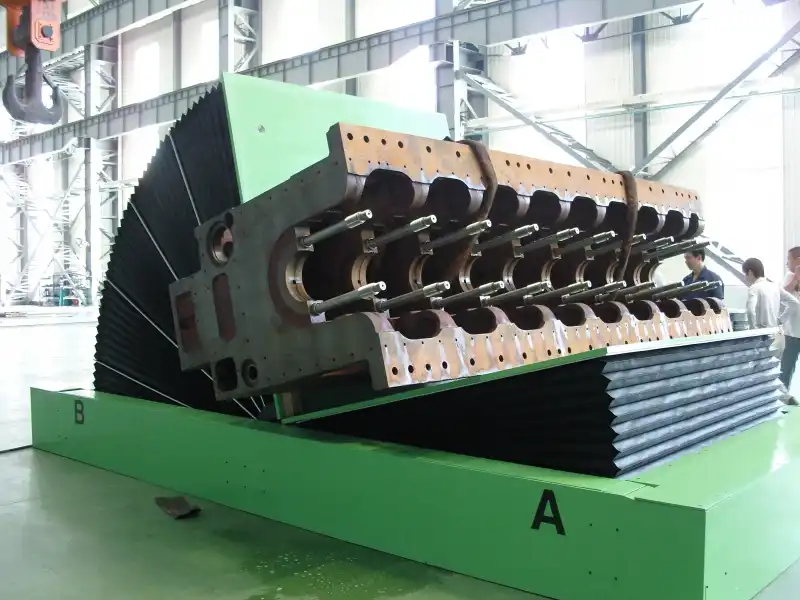
I've seen many companies invest heavily in MES platforms, only to struggle with getting meaningful data out of their machines. The MES is only as good as the data it receives. When we design a machine at SHJLPACK, we think about it as a data source from day one. It's designed not just to turn a mold, but to report on how well it's turning the mold, how much energy it used, and if it's healthy. This intentional approach to data is what separates a simple machine purchase from a strategic investment in your factory's digital future.
Dive Deeper: Turning Machine Data into Business Intelligence
Your goal to reduce unit energy consumption by 10% and improve profit margins by 8% is not achievable without accurate data. The mold flipper, when integrated correctly, becomes a key contributor to these high-level business objectives.
From Raw Data to Actionable KPIs
First, you must decide what data is valuable. Collecting everything creates "noise." You need to focus on data points that map to Key Performance Indicators (KPIs).
| Data Point from Mold Flipper | Corresponding KPI | Business Goal Supported |
|---|---|---|
| Cycle Start/Stop Signal, Cycle Time | Overall Equipment Effectiveness (OEE) | Increase Capacity Utilization |
| Operator ID, Time per Cycle | Operator Performance | Identify training needs, optimize workflow |
| Motor Current, Hydraulic Fluid Temp. | Energy Consumption per Cycle | Reduce Unit Energy Consumption |
| Fault Codes, Vibration Data | Mean Time Between Failures (MTBF) | Predictive Maintenance, Increase Uptime |
| Mold ID (scanned) | Product Traceability | Quality Control, Process Verification |
Before the machine is even built, you should have this list and share it with the vendor. This ensures the PLC is programmed to collect and transmit exactly what your MES needs.
The Data Journey: From Shop Floor to Top Floor
Understanding the data flow demystifies the process.
- Generation: A sensor on the mold flipper's motor detects an increase in electrical current.
- Collection: The PLC reads this sensor value every 100 milliseconds. It compares this to a predefined threshold.
- Transmission: The PLC sends this data point, along with a timestamp and equipment ID, over the network using the OPC-UA protocol.
- Aggregation: Your MES or a data historian receives this stream of data. It stores the value in its database, associating it with the specific mold flipper.
- Analysis & Visualization: The MES platform analyzes the trend. It sees the current has been slowly climbing for three days. It triggers a pre-configured rule.
- Action: The MES automatically generates a work order for the maintenance team ("Investigate high motor current on Mold Flipper #3") and displays a yellow warning icon on the SCADA screen in the control room.
This seamless, automated flow is the essence of Industry 4.0. It connects a physical event on a machine directly to a business process, turning raw data into an intelligent, automated action that protects your assets and your production schedule.
Conclusion
Integrating a modern mold flipper is a strategic move. It's about upgrading to a smarter, more connected asset that strengthens your entire operation, reduces costs, and drives your digital transformation forward.





